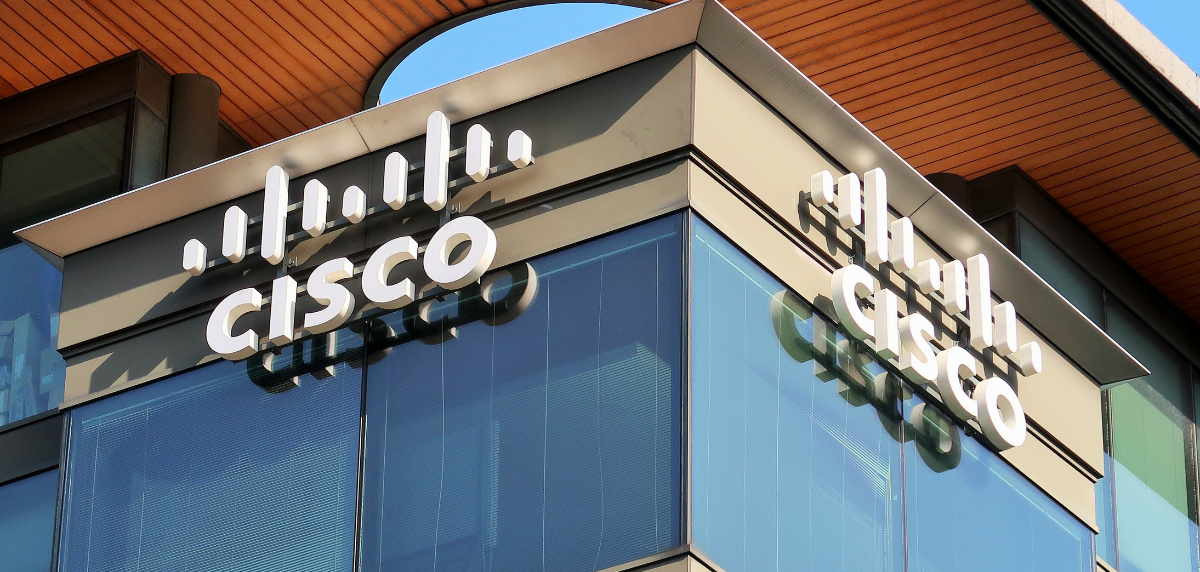Cisco Hardware Lead Times Update

Like most things that got interrupted when COVID hit in 2020, so too did the supply chain Cisco used to build its products. We saw 4- to 12-week Cisco lead times skyrocket to 200 to 300+ days. We even saw as many as 430+ days quoted!
During the pandemic, Antonio Neri, president and CEO of Hewlett Packard Enterprise, said this about the pandemic-related supply chain disruption: “It’s not going to be easy, but I actually believe we’re going to be in a much better shape after the summer of 2022.”
As the summer of 2022 came and went, OEMs were still struggling to fulfill customer orders in an acceptable amount of time, and more customers started turning toward the secondary market for network hardware.
So what does 2024 hold in store? We’ll discuss more in this blog.
Cisco Lead Time Issues in 2023
As we rolled into mid-2023, Cisco announced it had started slowly clearing the massive backlog of orders it received during the height of the pandemic — caused primarily by microchip shortages.
Cisco "ended the year as we expected, with roughly double our normal backlog levels. But that excess backlog will work down in the first half of fiscal '24 with the majority of that being worked off in Q1," CEO Chuck Robbins told investors in August.
And now, at the end of 2023, most of these supply chain issues are a thing of the past with any issues still withstanding being primarily product-dependent. We are still seeing Cisco VG450s coming in at 18 months, but switches are now back to the typical 4-12 weeks.
Cisco Lead Times vs. Secondary Market Lead Times
Even with Cisco lead times returning to pre-pandemic levels, 4-12 weeks may not work for everyone. For example, if you have a company merger go through quicker than anticipated, you may need new switches right away to bring everyone on board, and waiting 4-12 weeks won’t cut it.
With everything built to order, the problem is that you don’t know whether you’ll get your equipment in four weeks or 12. Add to it the cost of literally everything increasing, and you’re looking at stress on your timelines and budgets.
This is where the secondary market comes into play. When you use a solutions partner like Edgeium, you can expect your shipment to arrive one to two days after you place your order. Utilizing the secondary market has empowered companies to act quickly and keep critical projects on schedule and within budget.
Reasons to shop secondary market hardware:
- With a bigger inventory, more products and generations are available, and our inventory is getting even larger as supply chain shortages ease.
- You’ll pay roughly 50% less than what you would pay for new equipment, and with more gear coming into the market, our discounts are getting deeper.
- Get peace of mind with better warranties, testing, and support, as well as lower failure rates.
- Expect quick shipping, which means you’ll have your gear when you need it — no more long lead times.
You also have the ability to use your hardware longer by leveraging a third-party maintenance provider like Edgeium. We won’t force you to upgrade working equipment like other OEMs. Instead, we’ll guide you through the process of upgrading or maintaining your equipment in a way that aligns with your business goals.
Learn more about CovrEDGE, Edgeium’s Third-Party Maintenance solution.